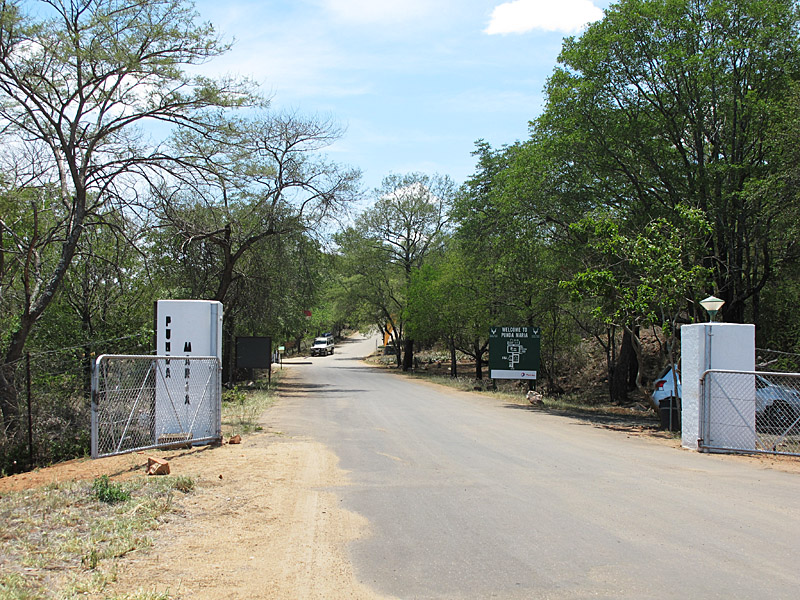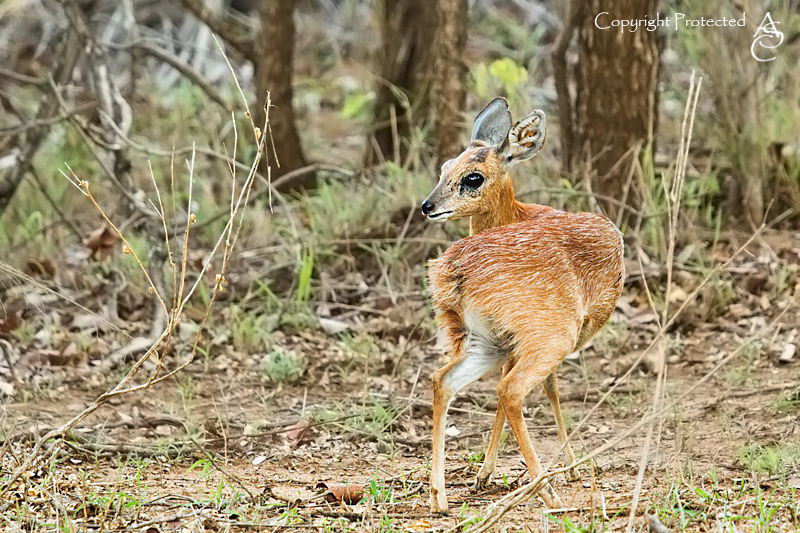After our first visit to Shingwedzi in April, we decided to go back in summer. We had two reasons:
Direction of light: In winter, the sun, very frustratingly, rose and set over the river. That meant that we were never able to photograph animals in the river bed from the road running alongside it. In summer, the sun shifted enough to bathe the river bed in sweet light both in the morning and the afternoon.
Birdlife: The Shingwedzi area is known for its diverse bird life. However, many species are migratory, and were absent in early winter.
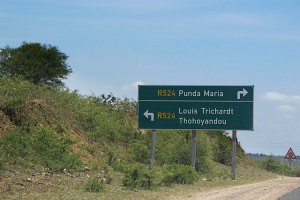 So we decided to brace ourselves for the heat and booked a bungalow for 23-31 December.
So we decided to brace ourselves for the heat and booked a bungalow for 23-31 December.
We headed for the Punda Maria gate via Giyani. Driving through rural Limpopo is an experience that is always guaranteed to make you feel like a tourist in your own country.
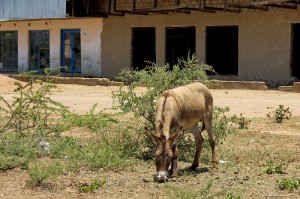 |
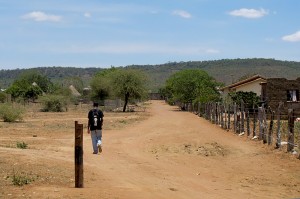 |
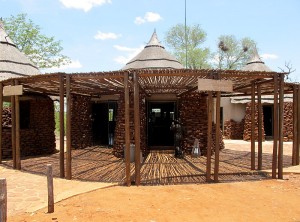 Punda Maria gate was a welcome site as always – We were there! The reception, housed in charming thatched rondavels modeled on huts built by the local Tsonga people, was cool and the staff was friendly. We checked in quickly and was on our way to Shingwedzi, with a quick stop-over at Punda Maria camp, to stock up on fuel, cool drinks and ice-cream to ward off the searing heat. Entering through Punda Maria camp’s rustic gate, we vowed to go back for another stay in the Kruger’s northern-most camp.
Punda Maria gate was a welcome site as always – We were there! The reception, housed in charming thatched rondavels modeled on huts built by the local Tsonga people, was cool and the staff was friendly. We checked in quickly and was on our way to Shingwedzi, with a quick stop-over at Punda Maria camp, to stock up on fuel, cool drinks and ice-cream to ward off the searing heat. Entering through Punda Maria camp’s rustic gate, we vowed to go back for another stay in the Kruger’s northern-most camp.  Not only does Punda Maria camp have a lovely atmosphere, but it is also close to some of our favorite photo-spots: The Mahonie loop, which never fails to deliver something interesting and the little unnamed dam on the H13-1, which seems to be frequented by large herds of Buffalo and Elephant on an almost daily basis. Beyond that, it is also the only Sanparks camp that is withing comfortable driving distance of the incredibly picturesque Pafuri region and Frank Mabasa’s stunning Pafuri picnic site.
Not only does Punda Maria camp have a lovely atmosphere, but it is also close to some of our favorite photo-spots: The Mahonie loop, which never fails to deliver something interesting and the little unnamed dam on the H13-1, which seems to be frequented by large herds of Buffalo and Elephant on an almost daily basis. Beyond that, it is also the only Sanparks camp that is withing comfortable driving distance of the incredibly picturesque Pafuri region and Frank Mabasa’s stunning Pafuri picnic site.
But all that is for a future trip, for now, we set off down the H13-1 to Shingwedzi. As we drove, we were more and more distressed about the extreme drought was saw around us. The Mopane trees were green as always, but the ground underneath them was parched, and there was barely a blade of grass in sight. The little unnamed dam we considered our own, was almost completely dry. Of course, there was barely an animal in sight, apart from a few Njala feeding on the Mopanes.
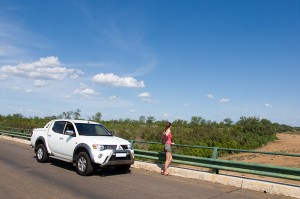 Bizarrely, as we neared Babalala picnic site, the parched land suddenly got extremely wet. Standing water turned the grassland on either side of the road into swamps, and there were elephants as far as the eye could see. It looked like a piece of paradise! About 20km before we reached Shingwedzi, the water dried up as suddenly as it started. A few pools in the Shingwedzi river bed was all the remained of the rain that had fallen a few weeks before our trip. These pools, however, would provide us with excellent photo-opportunities.
Bizarrely, as we neared Babalala picnic site, the parched land suddenly got extremely wet. Standing water turned the grassland on either side of the road into swamps, and there were elephants as far as the eye could see. It looked like a piece of paradise! About 20km before we reached Shingwedzi, the water dried up as suddenly as it started. A few pools in the Shingwedzi river bed was all the remained of the rain that had fallen a few weeks before our trip. These pools, however, would provide us with excellent photo-opportunities.
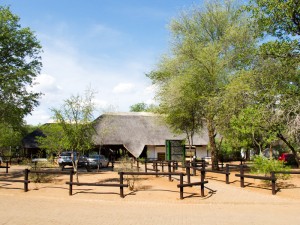 We arrived at Shingwedzi around 3:30, and 15 minutes later were unloading our gear at unit 30, just in time for a leasurly drive up the river road. The sightings were few and far between, but we spent some time watching a herd of impala with several tiny lambs and a troop of baboon. Finally, we were rewarded with a sighting of the rare but beautiful Sharpe’s Grysbok.
We arrived at Shingwedzi around 3:30, and 15 minutes later were unloading our gear at unit 30, just in time for a leasurly drive up the river road. The sightings were few and far between, but we spent some time watching a herd of impala with several tiny lambs and a troop of baboon. Finally, we were rewarded with a sighting of the rare but beautiful Sharpe’s Grysbok.

